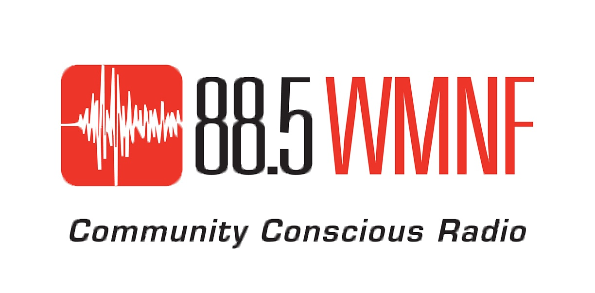Native Plant Show comes to WMNF 88.5

Tune in 10:00-11:00am Monday September 24, 2018 to Tampa Bay’s 88.5 WMNF’s weekly “Sustainable Living and Alternative Health” program where the topic of conversation will be the Native Plant Show. The show is also recorded for later on-demand listening.
Two free tickets to the Native Plant Show will be given away to a caller. Call into 813-239-9663. If the chance of scoring these tickets isn’t enticing enough, Wendel Martinkovic, of Wendel’s Farm and Nursery, and Stefan Babjak, of Wilcox Nursery and Landscape, will be the guests and these two FANN members have some thoughtful things to say, even if, from WMNF’s point of view, you’re sitting in the choir. And if you’re new to the world of native plants, the radio show will be all the more interesting. The ecological and aesthetic benefits of landscaping with the plants indigenous to a place are too numerous to count. But Martinkovic and Babjak will explain a few, and give the listener some ideas for their own yards.
Martinkovic is a “trained aggie,” or agriculturalist. His “bride,” or his wife of the last 30 years, Nancy Dwyer, is a wildlife ecologist. When Martinkovic started his career as an extension agent in Sumter County, he says he would try to sell people on the idea of landscaping with native plants because of the decrease in maintenance. Most Florida yards are lawns, and Florida lawns need to be watered, fertilized, herbicided, pesticided, and mown. When all that is done, they still don’t look or feel like the velvet lawns of northern states. Native plants need less to literally flourish year after year; they are naturally adapted to Florida. But, Martinkovic says, maybe selling the idea of native plants on decreased maintenance costs alone was a mistake. “If you plant it they will come,” Martinkovic says of the yards he overhauled as an extension agent. “All of a sudden butterflies show up, hummingbirds come … I don’t think they [the homeowners] expected that. We didn’t advertise that as a reason to go native, but maybe we should,” Martinkovic says. These days, with his wife’s help, Martinkovic aims specifically to attract an abundance of wildlife in the spaces he landscapes.
While the flora of Florida changed dramatically in the last 50 years, with most garden centers selling predominantly exotic plants, the fauna mostly hasn’t changed. The same animals that lived here hundreds of years ago live here now, just in vastly diminished numbers. Their food has largely disappeared. Stephan Babjak, nursery production manager with Wilcox Nursery & Landscape, says that “the food web starts with the smallest things and goes up: microbes and fungus, and then insects, including butterflies –everybody loves butterflies — mammals: squirrels, racoons, armadillos, bunny rabbits, moles … the web goes further to support larger birds of prey: owls, hawks, falcons, eagles. [Especially] the larger birds need that healthy functioning ecosystem to thrive.” Native plants anchor such an ecosystem. A landscape comprised of only exotic plants cuts it loose.
Babjak names a “sense of place” as an additional reason to use native plants. “We have a beautiful unique ecosystem here in Florida. We have things that exist no where else in the world … But for decades we’ve been convinced that we need a green lawn, one exotic palm tree, and crotons.” Crotons are ubiquitous but not native to Florida. He says that 90-percent of the Southeast used to be Pine Flatwoods. Indeed, Pinellas County was named after the Longleaf Pines that used to cover the land there. Today, a Longleaf Pine in a neighborhood or a shopping center in Pinellas is a rare sight. That’s a pity, Babjak says, because not only do Longleaf Pines support wildlife, not only do they grow better than anything else in dry, sandy Florida soil, the trees also smell great — like Pine Sol, only fresher.